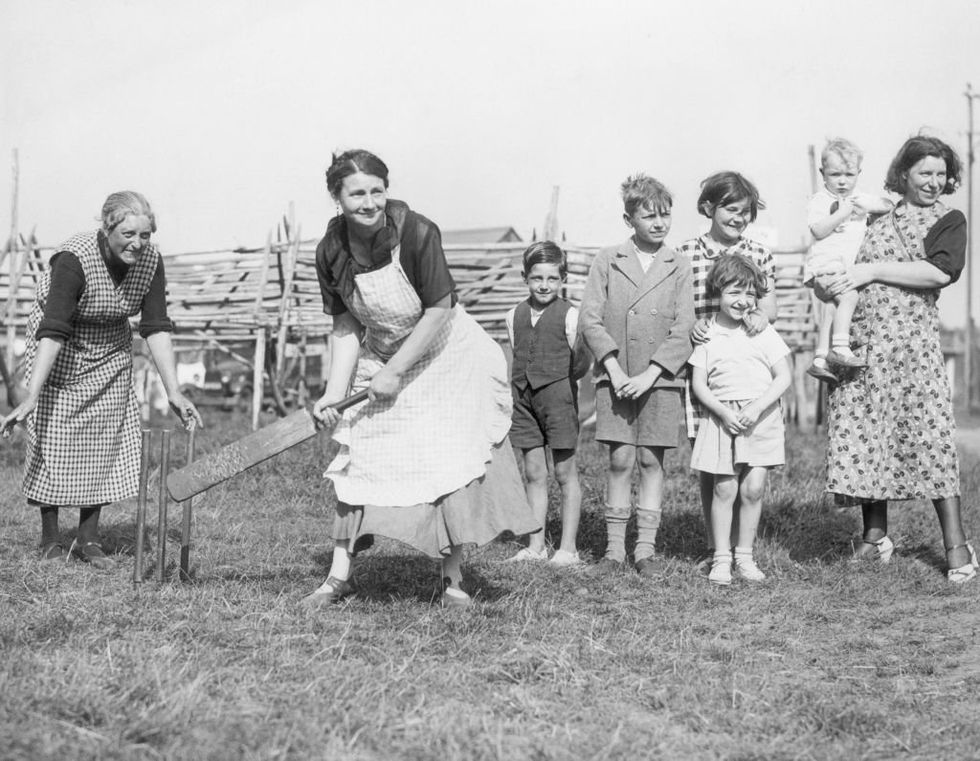
www.theblaze.com
Does 'Iceman' Wim Hof have blood on his hands?
Wim Hof, often referred to as "The Iceman," has built a cult-like following around his extreme breathing techniques and cold exposure practices. The impish Dutchman's claims of superhuman feats — such as running a marathon in the desert without water or swimming under ice for long periods — have captivated those eager to push their physical and mental limits.The shaggy sexagenarian once gave himself an enema using the jet of a public fountain in Amsterdam, an incident that resulted in a severe injury requiring surgery.Influencers ranging from Gwyneth Paltrow and Jesse Itzler to Andrew Huberman and Tim Ferriss have been enthused about Hof and his methods.However, the recent suspension of a Hof biopic after allegations of domestic violence could be the beginning of the end for the 65-year-old. Reports of physical and verbal abuse over 13 years cast a harsh light on his carefully crafted image as a wellness guru and spiritual guide. These accusations don’t just dent his reputation — they threaten to bring his entire empire crashing down. And if it does come crashing down, it won’t be a minute too soon. You see, the Iceman is also a stone-cold con man.Zero method to the madnessThe Wim Hof Method revolves around controlled breathing and cold exposure. Hof's breathing technique involves deliberate hyperventilation, which reduces carbon dioxide levels in the blood. This disrupts the body's natural urge to breathe, creating the illusion of being able to hold one's breath longer. However, while it might seem to improve breath-holding, it comes with serious risks. When carbon dioxide drops too low, blood vessels tighten, cutting down oxygen flow to the brain and raising the chance of fainting. The danger is even greater when Hof encourages practicing this technique in cold water, where it can lead to blackouts and even death. More on this later.The Hof hype hustleDespite these dangers, Hof's empire thrives on grand promises of improved physical and mental well-being through his method and his method alone. For just under $5,000, followers can become certified Wim Hof instructors.Aside from the steep price, there's a bigger issue. Specifically, the lack of solid scientific evidence supporting his philosophies and practices. Hof’s charisma is undeniable; he’s a master salesman who knows how to work a room, bypassing critical thinking with his rugged charm and bombastic energy. Perpetually bare-chested and shoeless, he struts around like a modern-day shaman, preaching the gospel of extreme resilience. His unpolished, primal persona draws people in, making the absurd seem attainable and the dangerous feel like a dare worth taking. It’s all part of the hustle — a grizzled prophet luring followers with promises of transcendence while he cashes in on their craving for the extraordinary. Think Tony Robbins meets Bear Grylls with a generous serving of QVC.Stiffing the softheadedHof’s story is rooted in personal tragedy. After his wife’s suicide in 1995, he claims to have found solace and salvation through plunging into cold water and practicing extreme breathing. While this backstory elicits sympathy, it also casts him as a martyr, a role he skillfully uses to draw followers into his program. The real tragedy, however, is that countless people are spending thousands to get certified in what is essentially glorified pseudoscience. Hof's persona and tragic past cloak his glaring lack of medical or scientific expertise, dressing up his method as a revolutionary breakthrough when it’s nothing of the sort. More hot air than hard ice — hype that quickly melts away when analyzed objectively.Hof, as you can probably tell, is a truly bizarre being. Among his many strange feats is the claim that he can control his erections at will — a skill he seemingly puts to use in stiffing gullible followers out of hard-earned money. The shaggy sexagenarian once gave himself an enema using the jet of a public fountain in Amsterdam, an incident that resulted in a severe injury requiring surgery. True to his anti-medicine stance, he refused antibiotics during recovery, opting instead to rely on his body's supposed natural healing abilities. Milking the massesWhile Big Pharma poses a serious threat, one of the biggest issues with anti-medicine hacks like Hof is their relentless drive to monetize their influence. If they're not peddling questionable supplements or dubious techniques, they're hawking products like books, clothing, and pitiful playlists. Hof is no exception. His official website offers a wide array of products, further underscoring the commodification of his brand over any serious commitment to improving people’s health. For Hof, it’s less about enlightenment and more about making money.But it gets worse. Hof’s reckless advice has arguably contributed to multiple deaths. This is according to author Scott Carney, who initially set out to debunk Hof but ended up adopting the method himself. Carney, a former skeptic turned devoted follower, has now become Hof's most outspoken critic, revealing how the Iceman's contradictory advice and inadequate training have led to preventable deaths.Cold hands, cold heartDespite warnings on Hof’s website not to combine breathwork and water submersion, he frequently demonstrates and encourages exactly that in his videos and teachings, leading to confusion among followers. This dangerous mix of hyperventilation and cold exposure has claimed at least 21 lives, with many survivors recounting near-death experiences from blacking out in water. One such tragedy was the drowning of 27-year-old Andrew Encinas, who died after practicing Hof’s method in his brother's pool. The combination of hyperventilation and water exposure significantly increases the risk of shallow water blackout — a deadly condition where the body fails to signal the need to breathe, leading to unconsciousness underwater. Hof’s persistent failure to clearly separate his breathing exercises from cold immersion has fostered a dangerously lethal environment for his followers. Worse still, he has shown a disturbing lack of accountability for the lives lost. In one case, as Carney notes, a grieving father filed a $67 million lawsuit against him. Hof, however, remained dismissive.How long Hof and his followers can ignore the mounting death toll linked to his practices is another matter. The empire built on withstanding the cold is increasingly feeling the heat.

















